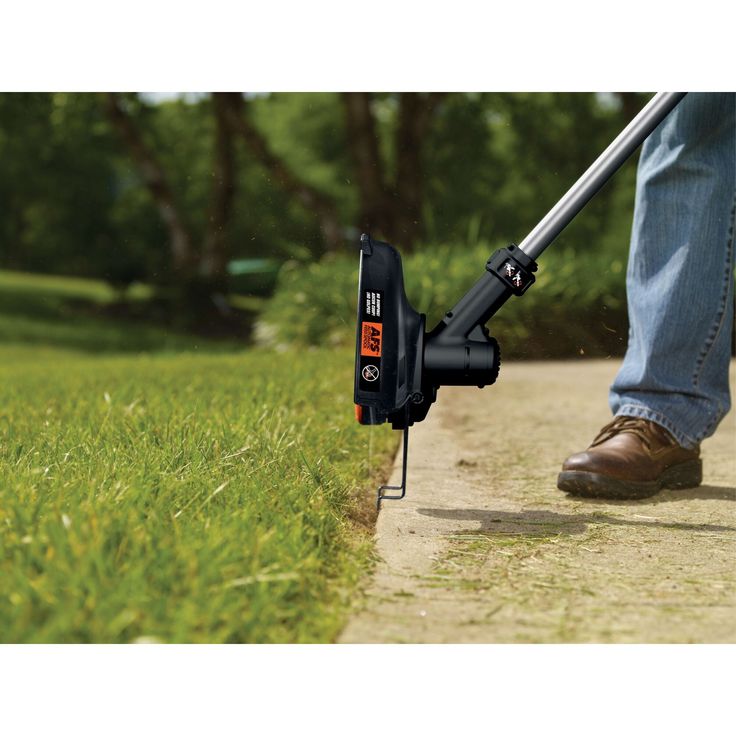The string line, or cutting line, is the business end of your string trimmer. While often overlooked, selecting the correct string gauge (diameter) is crucial for optimal performance, efficiency, and the longevity of your tool. Using the wrong size can lead to frequent line breakage, reduced cutting power, excessive motor strain, and an overall frustrating trimming experience. This article will guide you through understanding string gauges and how to choose the best one for your string trimmer and the type of vegetation you’re tackling.
What is String Gauge?
String gauge refers to the diameter of the trimmer line, typically measured in inches. Common gauges range from thin (e.g., 0.065 inches) to thick (e.g., 0.105 inches or even 0.155 inches). The general rule is: thicker line equals more durability and cutting power, while thinner line is better for lighter tasks and can be more efficient on smaller trimmers.
Why the Right Gauge Matters
Using the correct string gauge is vital for several reasons:
- Performance: The right gauge ensures clean, efficient cuts. Too thin, and it will snap constantly. Too thick, and it will bog down your trimmer’s motor.
- Trimmer Longevity: Using a line that’s too thick for your trimmer’s power can overwork the motor or engine, leading to premature wear and potential damage.
- Line Durability: Thicker lines are more resistant to breaking when encountering tough weeds, fences, or other obstacles.
- User Experience: Frequent line breaks are frustrating and interrupt your work. The right gauge minimizes these interruptions.
Understanding Common String Gauges and Their Uses
Different gauges are suited for different types of trimmers and cutting tasks:
1. Light-Duty (0.065″ – 0.080″)
- Characteristics: Thinnest and most flexible lines.
- Ideal For:
- Small, lightweight electric or battery-powered trimmers (e.g., 18V/20V models).
- Trimming light grass, delicate weeds, and edging around flowerbeds.
- Residential use in small to medium-sized yards.
- Pros: Less strain on smaller motors, generally quieter, and often found in automatic feed systems.
- Cons: Breaks more easily on thick weeds or when hitting hard surfaces.
2. Medium-Duty (0.080″ – 0.095″)
- Characteristics: A versatile range, offering a good balance of durability and efficiency.
- Ideal For:
- Mid-range battery-powered trimmers (e.g., 40V/56V models).
- Light to medium-duty gas trimmers.
- Cutting tougher grass, moderate weeds, and general yard maintenance.
- Most residential applications.
- Pros: Good all-around performance, more durable than light-duty lines, and less likely to bog down mid-range trimmers.
- Cons: May still struggle with very thick brush.
3. Heavy-Duty (0.105″ – 0.155″+)
- Characteristics: Thickest and most robust lines.
- Ideal For:
- High-voltage battery-powered trimmers (e.g., 60V/80V models).
- Powerful gas trimmers (commercial-grade).
- Tackling dense, woody weeds, thick brush, overgrown areas, and light brush clearing.
- Professional landscaping and large properties.
- Pros: Excellent durability, superior cutting power, and less frequent line replacement.
- Cons: Can be too heavy for smaller trimmers, potentially causing motor strain or reduced RPM. May be harder to load on some heads.
How to Choose the Right Gauge for Your Trimmer
- Consult Your Owner’s Manual: This is the most important step. Your trimmer’s manufacturer specifies the maximum line diameter it can safely and efficiently handle. Exceeding this can damage your trimmer.
- Consider Your Trimmer’s Power:
- Low-Voltage Battery/Corded Electric: Stick to 0.065″ or 0.080″.
- Mid-Range Battery/Light Gas: 0.080″ or 0.095″ is usually a good fit.
- High-Voltage Battery/Heavy-Duty Gas: Can typically handle 0.095″ or 0.105″, and some commercial models go even thicker.
- Assess Your Vegetation: If you consistently face thick, woody weeds, opt for the thickest gauge your trimmer can safely use. For mostly light grass and fine weeds, a thinner line might be more efficient.
- Experiment (Within Limits): If your manual allows a range, you can experiment to find what works best for your specific tasks. For example, if your trimmer can handle up to 0.095″, you might find 0.080″ sufficient for most tasks, but switch to 0.095″ for tougher areas.
Beyond Gauge: Line Shape
While gauge is primary, the shape of the line also affects performance:
- Round: Most common, durable, good for general use.
- Twisted: Offers a slightly sharper edge and reduced noise.
- Square/Star: Provides sharper cutting edges for denser vegetation, but can be more prone to breaking on hard surfaces.
By understanding string gauge and matching it to your trimmer’s capabilities and your specific trimming needs, you can significantly improve your tool’s performance, extend its lifespan, and make your yard work much more effective and enjoyable.


